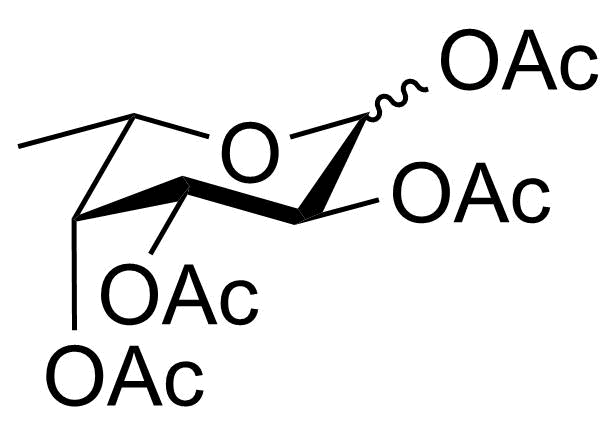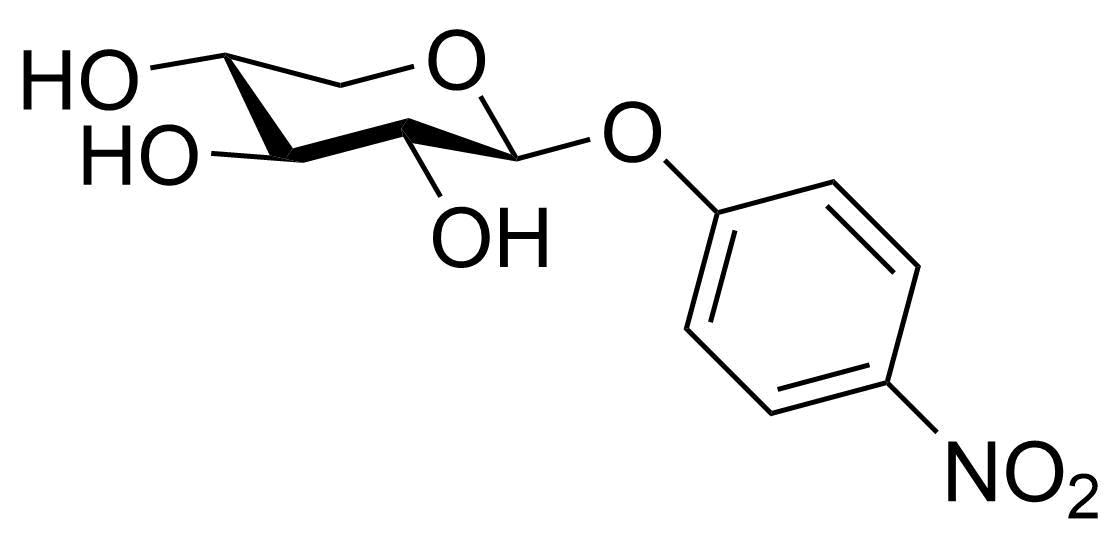P-Neu5Ac3F
Metabolic inhibitor of sialylation
| Product ID: | SV4037 |
|---|---|
| Synonyms: | Ac5FNANA; Ac53FaxNeu5Ac |
| Tags: | Inhibitor, Neuraminic acid, Sialic acid |

| Product | Price | Estimated Shipping Time | Purchase |
|---|---|---|---|
| P-Neu5Ac3F - 1 mg | €180.00 | 1-3 days | |
| P-Neu5Ac3F - 5 mg | €240.00 | 1-3 days | |
| P-Neu5Ac3F - 10 mg | €300.00 | 1-3 days | |
| P-Neu5Ac3F - 25 mg | €525.00 | 1-3 days |
Product information
-
Function
P-Neu5Ac3F inhibits the sialic acid biosynthesis. It is a global sialylation inhibitor which inhibits the formation of all sialic acid types.1
-
Mode of action
P-Neu5Ac3F is a metabolic pro-drug. It enters cells via passive diffusion, is converted by the action of esterases and the CMAS enzyme to form the active inhibitor, CMP-Neu5Ac3F inside cells. This compound blocks the action of sialyltransferase enzymes and induces feed-back inhibition of the de novo sialic acid biosynthesis by binding GNE.12

-
Applications
P-Neu5Ac3F is a very good alternative for experiments with sialidase. Often these enzymes are of bacterial origin and hence easily contaminated. Furthermore, the effect of a sialidase treatment is short-lived as cells quickly reproduce sialylated glycans. P-Neu5Ac3F induces a prolonged suppression of sialylation which often last more than one day (1-2 days to fully recover sialylation). P-Neu5Ac3F has been used extensively to investigate the role of sialylation in cancer both in vitro and in vivo.345 In addition, it has been used on immune cells to lower their threshold for activation,6 to elucidate defects in sialic acid biosynthesis7 and as a reference for the development of new sialyaltion inhibitors.2
-
Handling
P-Neu5Ac3F is soluble in DMSO and PBS and is added to cell culture from a stock solution. Incubation of the cells with P-Neu5Ac3F for 3 days is needed to achieve the maximal reduction in cellular sialylation. Three days are needed to achieve the turnover of sialylated glycans to achieve maximal desialylation. Desialylation can be assayed with SNA and MALII lectins binding to α-2,6 and α-2,3 linked sialic acids, respectively. Inactivated sialylase enzymes called Lectenz can be used as well. Often, exposure of the underlying Galactose residue can be detected using the PNA lectin.
-
Chemical Information
CAS No.: 117405-58-0
SMILES: F[C@@H]1[C@H](OC(C)=O)[C@@H](NC(C)=O)[C@H]([C@H](OC(C)=O)[C@H](OC(C)=O)COC(C)=O)OC1(OC(C)=O)C(OC)=O
Chemical formula: C22H30FNO14
Molecular weight: 551.47
Purity: >95%
Identity: 1H NMR)
Shipping temperature: 20°C
Storage temperature: 0°C
Recommended Products
| Name |
|---|
| P-Fuc |
| XylPNP |
| P-Neu5NPoc |
| XylNap |
| P-Fuc2F |
Calculator
Dissolve the required mass in your desired stock volume.
Dilute the required volume of your stock solution to the desired final volume.






